Goal Overview
By 2030, ensure sustainable consumption and production patterns to promote resource and energy efficiency, sustainable infrastructure, and provide access to basic services, green and decent jobs, and a better quality of life for all.
Key Targets and Indicators
- Implement the 10-Year Framework of Programmes on Sustainable Consumption and Production (10YFP), with all countries taking action, with developed countries taking the lead, taking into account the development and capabilities of developing countries.
- Indicator: Number of countries with sustainable consumption and production (SCP) national action plans or SCP mainstreamed as a priority or a target into national policies.
- By 2030, achieve the sustainable management and efficient use of natural resources.
- Indicator: Material footprint, material footprint per capita, and material footprint per GDP.
- By 2030, halve per capita global food waste at the retail and consumer levels and reduce food losses along production and supply chains, including post-harvest losses.
- Indicator: Global food loss index.
- By 2020, achieve the environmentally sound management of chemicals and all wastes throughout their life cycle, in accordance with agreed international frameworks, and significantly reduce their release to air, water, and soil to minimize their adverse impacts on human health and the environment.
- Indicator: Hazardous waste generated per capita and proportion of hazardous waste treated, by type of treatment.
- By 2030, substantially reduce waste generation through prevention, reduction, recycling, and reuse.
- Indicator: National recycling rate, tons of material recycled.
- Encourage companies, especially large and transnational companies, to adopt sustainable practices and to integrate sustainability information into their reporting cycle.
- Indicator: Number of companies publishing sustainability reports.
- Promote public procurement practices that are sustainable, in accordance with national policies and priorities.
- Indicator: Number of countries implementing sustainable public procurement policies and action plans.
- By 2030, ensure that people everywhere have the relevant information and awareness for sustainable development and lifestyles in harmony with nature.
- Indicator: Extent to which (i) global citizenship education and (ii) education for sustainable development (including climate change education) are mainstreamed in (a) national education policies, (b) curricula, (c) teacher education, and (d) student assessment.
Strategies and Actions
- Implement national action plans: Encourage countries to develop and implement national action plans for sustainable consumption and production.
- Promote resource efficiency: Encourage the efficient use of natural resources and the reduction of material footprints through sustainable practices and technologies.
- Reduce food waste: Implement strategies to halve global food waste at the retail and consumer levels and minimize food losses in the production and supply chain.
- Manage chemicals and waste: Ensure the environmentally sound management of chemicals and wastes throughout their life cycle to minimize adverse impacts on health and the environment.
- Encourage recycling and reuse: Promote waste reduction through prevention, reduction, recycling, and reuse to create a circular economy.
- Support sustainable business practices: Encourage businesses to adopt sustainable practices and integrate sustainability into their reporting cycles.
- Sustainable public procurement: Promote sustainable public procurement practices in accordance with national policies and priorities.
- Raise awareness and education: Enhance public awareness and education on sustainable development and lifestyles in harmony with nature.
FAO Actions to Support Monitoring
- Capacity building: Provide training programs for government officials, businesses, and communities on sustainable consumption and production practices.
- Technical assistance: Offer technical support for the development and implementation of policies and plans that promote sustainable consumption and production.
- Research and data collection: Conduct research and gather data on consumption and production patterns to inform policy-making and track progress.
- Guidelines and best practices: Develop and disseminate guidelines and best practices for sustainable consumption and production.
- Awareness campaigns: Promote public awareness and advocate for sustainable consumption and production through campaigns, workshops, and public events.
Conclusion
Ensuring sustainable consumption and production patterns is vital for achieving long-term economic growth, environmental protection, and social well-being. By promoting resource efficiency, reducing waste, managing chemicals and waste responsibly, supporting sustainable business practices, and enhancing public awareness, we can achieve SDG 12. Together, we can create a sustainable future where resources are used efficiently, waste is minimized, and all people enjoy a better quality of life.
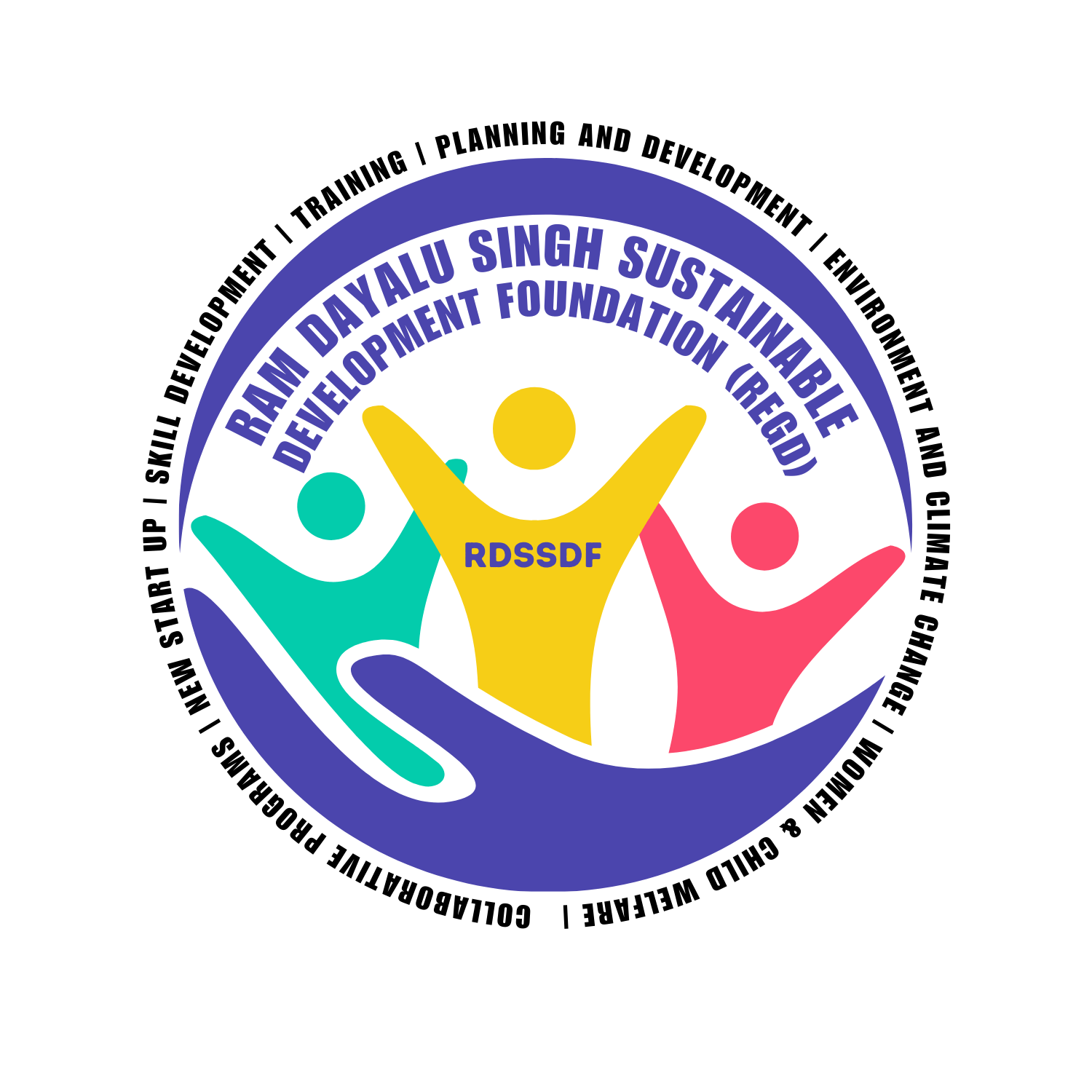

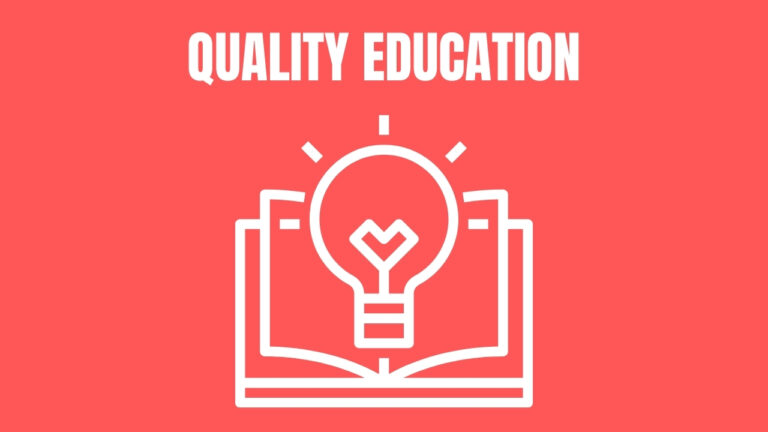
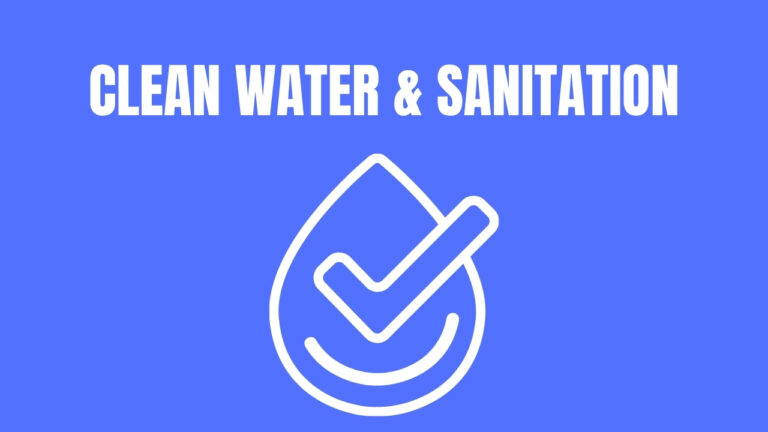
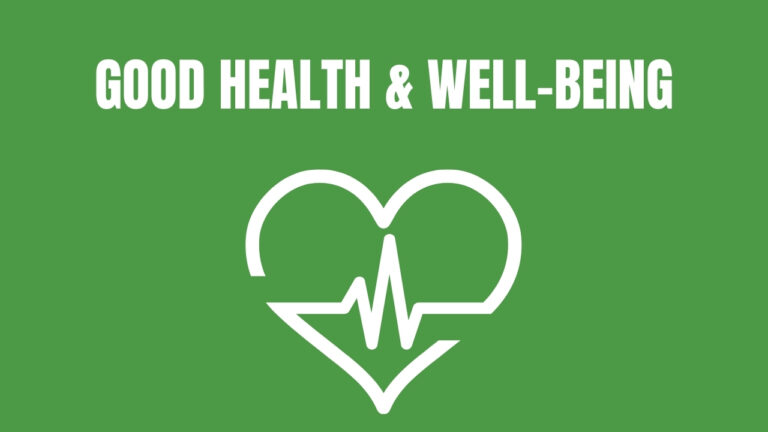
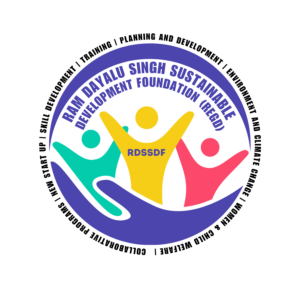 Welcome to Ram Dayalu Singh Sustainable Development Foundation (RDSSDF), a beacon of hope and progress for the sustainable development of India. As a National Level Public Charitable Trust, it is dedicated to providing comprehensive support and innovative solutions.
Welcome to Ram Dayalu Singh Sustainable Development Foundation (RDSSDF), a beacon of hope and progress for the sustainable development of India. As a National Level Public Charitable Trust, it is dedicated to providing comprehensive support and innovative solutions.